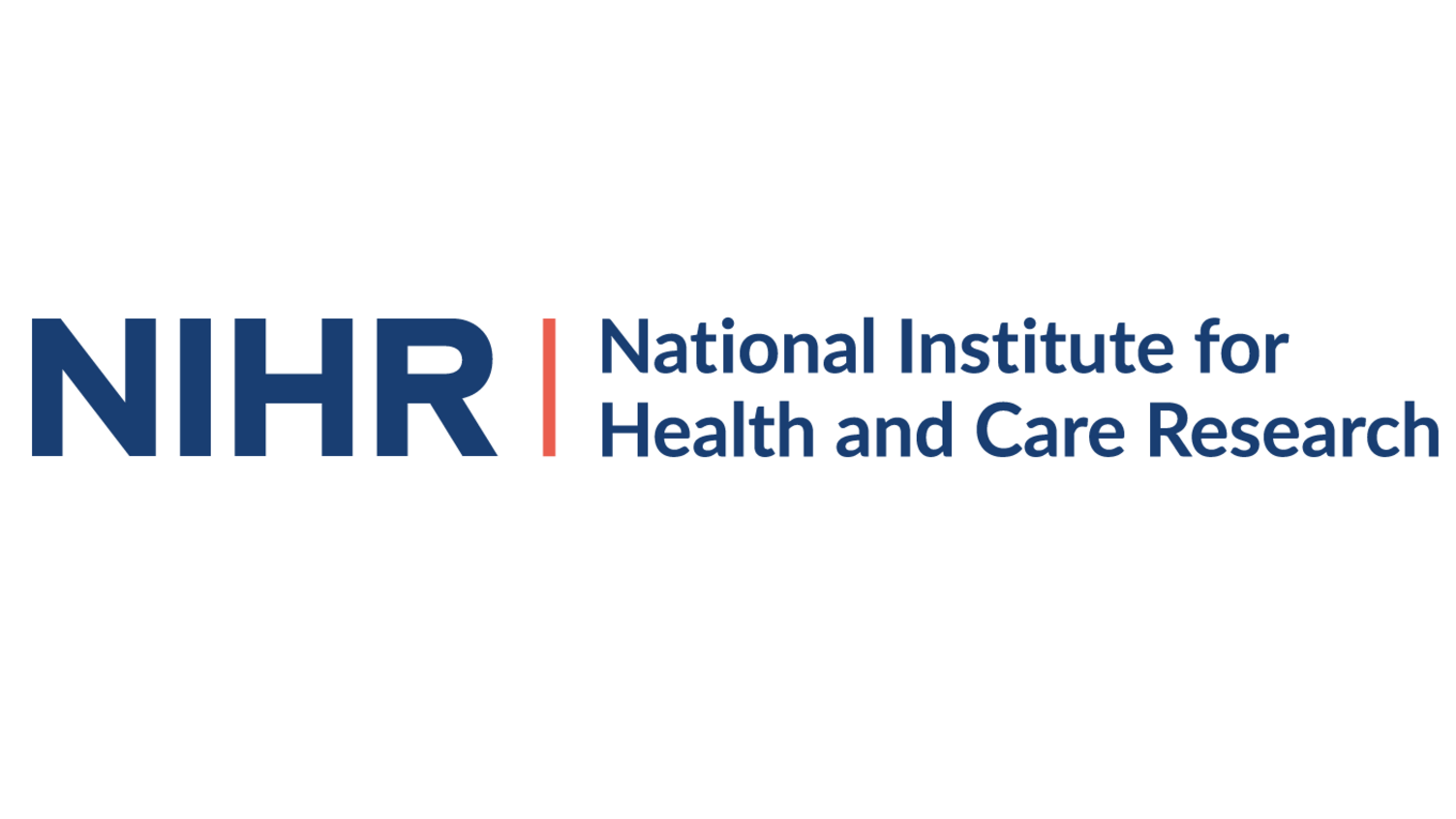Utilising your resources for a successful Priority Setting Partnership
- 22 January 2019
- 4 min read
By Bethany Tabberer, from the Heart Surgery PSP
The Heart Surgery Priority Setting Partnership (PSP) is delivered by the University of Leicester in collaboration with the James Lind Alliance, and funded by Heart Research UK. We initially identified two target groups who would need to receive our first survey; patients (including support groups, family/friends and carers) and clinicians (doctors, nurses and Allied Healthcare Professionals). From this, we created a marketing strategy and utilised our resources to successfully reach these groups. Our PSP aims to find the Top 10 research priorities of people wishing to improve outcomes for adult heart surgery patients.
Following a brief pilot survey, we found patient groups responded well to paper-based formats. We were able to create a paper version of our first survey from this feedback. We distributed the survey by sending ‘information packs’ to key members of our PSP Steering Group; those who had access to patients via clinics, support groups and Patient and Public Involvement (PPI) events. We also visited patients on heart surgery wards (many of whom were happy to complete the survey) and sent information packs to support networks not otherwise associated with the Steering Group. The information packs contained a cover letter explaining the context of the project, several copies of the paper-based survey and an envelope addressed for return to the project team. This was to make the process of completing the first survey as easy as possible – thus ensuring surveys had a strong likelihood of being returned to the project team and results would be recorded. Often we received envelopes with fifteen or more surveys from one clinic or support group.
We also needed to target clinicians. We designed the online first survey using the Online Surveys website (formerly Bristol Online Surveys), as Online Surveys was approved by the University of Leicester and complied with all GDPR regulations. We found that clinicians were keen to use online resources to keep up to date with the latest developments in heart surgery, so Twitter was particularly useful for promoting our project. The internet proved a valuable tool in reaching clinicians and we posted Tweets of project updates or the website link to the online survey. Again, we aimed to improve survey accessibility by bearing in mind the needs of our respondents.
We also attended several heart surgery conferences. Conferences included the Society for Cardiothoracic Surgery (SCTS) annual meeting – where the first survey was launched, and the Barts Aortovascular Symposium. We targeted these events as hundreds of delegates were in attendance – meaning potentially hundreds of survey respondents. Whilst visiting large conferences, we found there were many competing stalls from industry and academia. To make our project stand out, we created a QR code to link to our online survey, printed on business cards decorated with our PSP logo. These simple designs served two purposes; scanning the QR code led the conference delegate directly to the survey; and for those delegates without a QR code scanner, the business card provided an object of interest and a conversation starter whilst at the conference. Many delegates visited our stall, remarking how they had seen our business cards scattered across the venue. Delegates wanted to know more about the project and either completed the paper-based survey or used our iPads or their mobile phones.
In March 2019, we are launching the Heart Surgery PSP second survey at the annual SCTS meeting (Westminster, London). We are currently designing our ongoing marketing strategy, and here are the lessons we have learnt so far:
- Create a few tactics to target different demographics. We found patients, particularly the elderly, respond better to traditional paper formats. Professionals preferred digital access and we needed to consider using these different tactics when approaching our target audience.
- If one strategy doesn’t work, use it as a lesson for adaptation. Our first paper draft of the first survey was 4 pages long; respondents preferred a one-sided single page format. We listened and produced the final design which satisfied feedback. Also bear in mind how respondents will view the survey on a digital screen; online surveys need to be user-friendly whether completed on a desktop, tablet or smartphone.
- Use your social media. Digital technology is a powerful marketing tool; making things as quick and as simple as possible results in a better recruitment rate. Keep things interesting by providing behind-the-scenes snapshots of the project and direct links to your online survey.
- Get creative. We had limited design resources and our project is funded by a charity – we couldn’t compete with the eye-catching marketing employed by profit-funded industry whilst at conferences. So we created the QR code business cards – something that was simple yet effective.
- Start a conversation. Online, we used the hashtag #HeartSurgeryPSP across all platforms (our webpage, Facebook and Twitter) to create a digital thread that was easy to follow and encouraged online users to contribute to the conversation. We found survey respondents would repost our content and use the hashtag to promote our PSP, sparking a chain reaction for further recruitment.
- Be consistent. Early on in the project – before the launch of the first survey – we worked closely with our funders (Heart Research UK) and collaborators to design a project brand. This involved designing a logo, selecting a colour scheme and using specific fonts. We plan to use a similar style of design for our second survey. Colour scheme and logos will be consistent across both paper and digital platforms. As simple as these details are, they allow people to quickly identify our project, and thus presents a professional interface with our audience.
- Use your Steering Group. Their feedback is incredibly important and they bring different perspectives when discussing draft survey designs. Steering Groups are hugely resourceful; they may have access to large pools of patients and other networks which could be useful in respondent recruitment.
To keep updated with the launch of our second survey (March 2019), and for the results and publication of the Heart Surgery PSP project (summer/autumn 2019), please follow our Twitter page and website.


